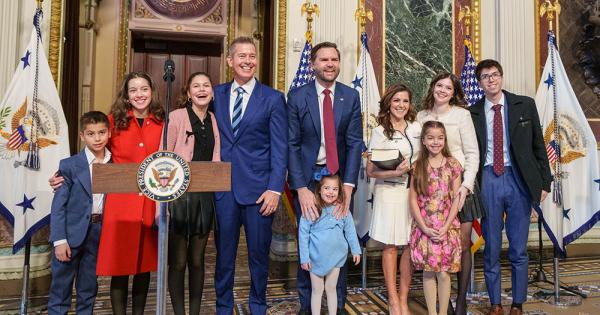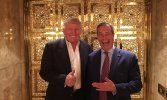You're the one who's making up facts here.
"Congress had not authorized the gift of supplies delivered after the cutoff date, so the U.S. charged for them, usually at a 90% discount. Large quantities of undelivered goods were in Britain or in transit when Lend-Lease was ended on September 2, 1945, following the
surrender of Japan.
Britain wished to retain some of this equipment in the immediate post-war period. In 1946, the post-war Anglo-American loan further indebted Britain to the United States. Lend-Lease items retained were sold to Britain at 10% of nominal value, giving an initial loan value of £1.075 billion for the Lend-Lease portion of the post-war loans. Payment was to be stretched out over 50 annual payments, starting in 1951 and with five years of deferred payments, at 2% interest. During the war, the US lent Britain 88 million ounces (2.5 million kilograms) of silver. In 1946, Britain switched its coinage from silver to cupronickel as the price of silver had risen by 250% during the war due to its market scarcity, while the price of nickel matched the stamped coinage value; this recovered 20m ounces of silver per year for five years as the old coinage was progressively retired, generating a £30m net financial surplus after the US silver loan had been repaid.
The final payment of $83.3 million (£42.5 million), due on December 31, 2006 (repayment having been deferred in the allowed five years and during a sixth year not allowed), was made by Britain on December 29, 2006 (the last working day of the year). After this final payment,
Ed Balls, Britain's
Economic Secretary to the Treasury, formally issued thanks to the U.S. for its wartime support."



